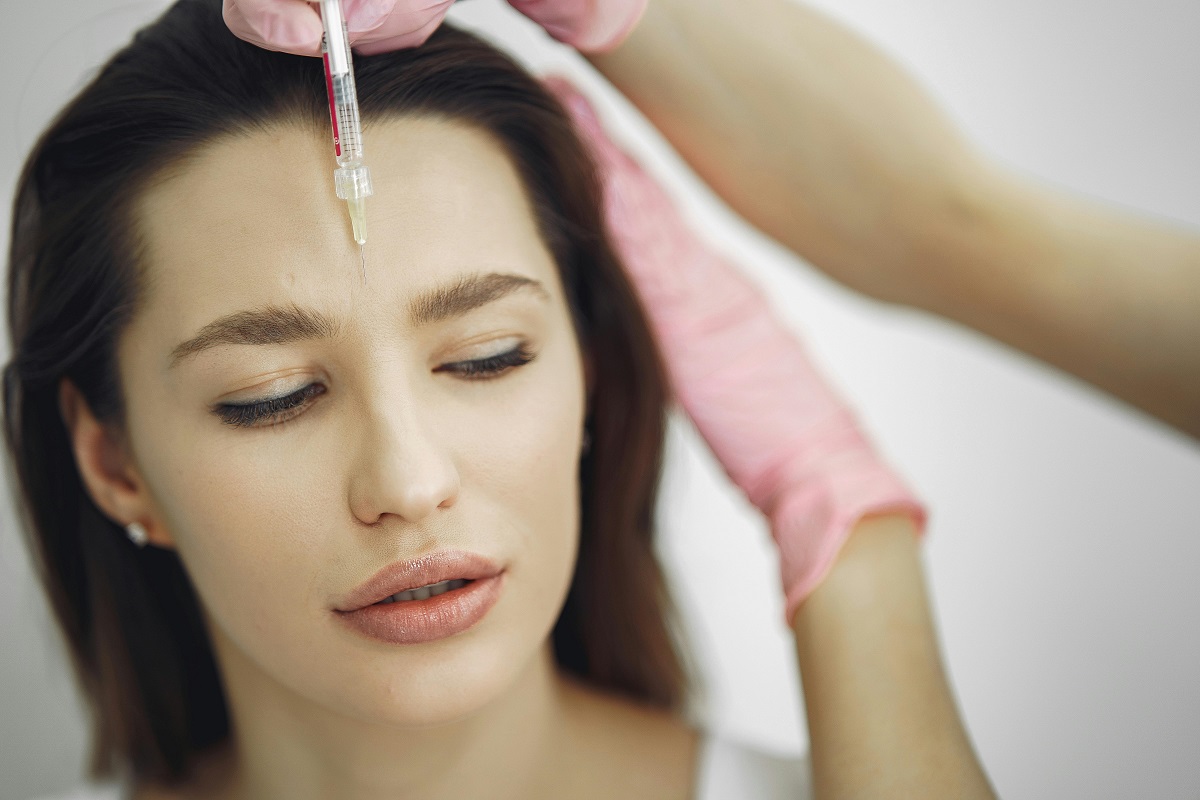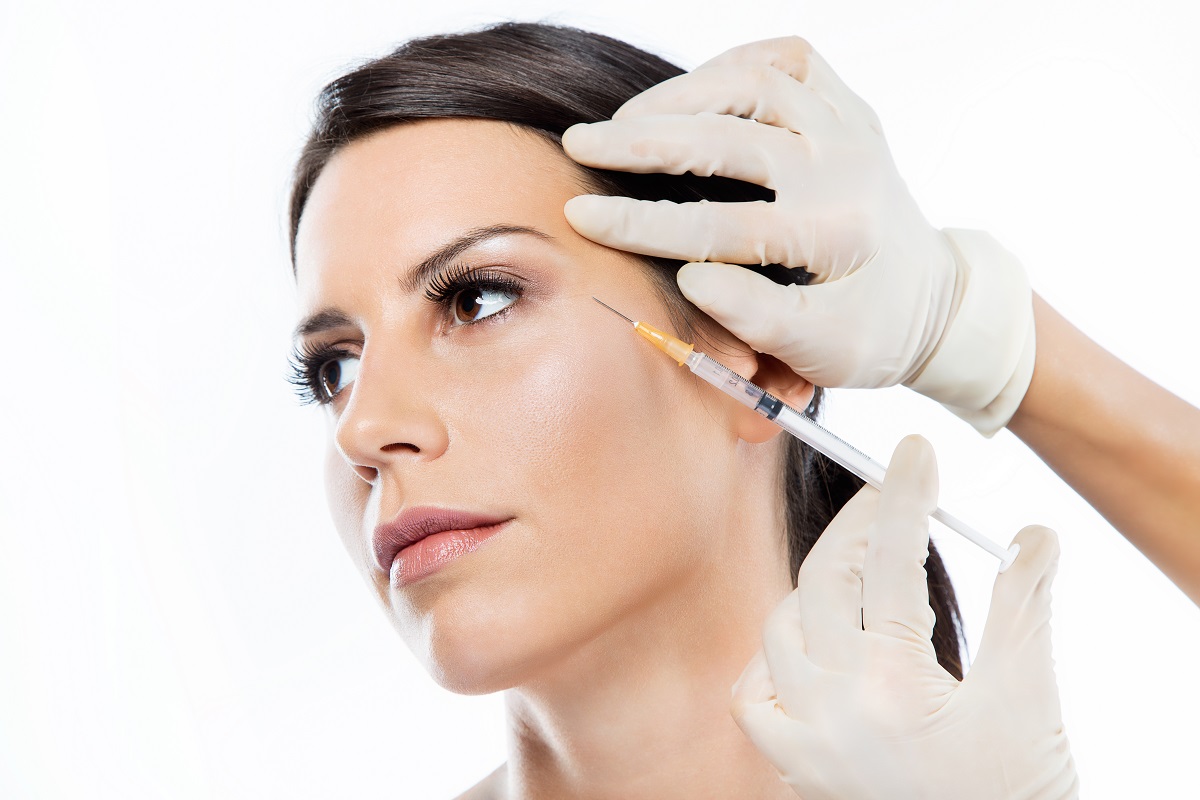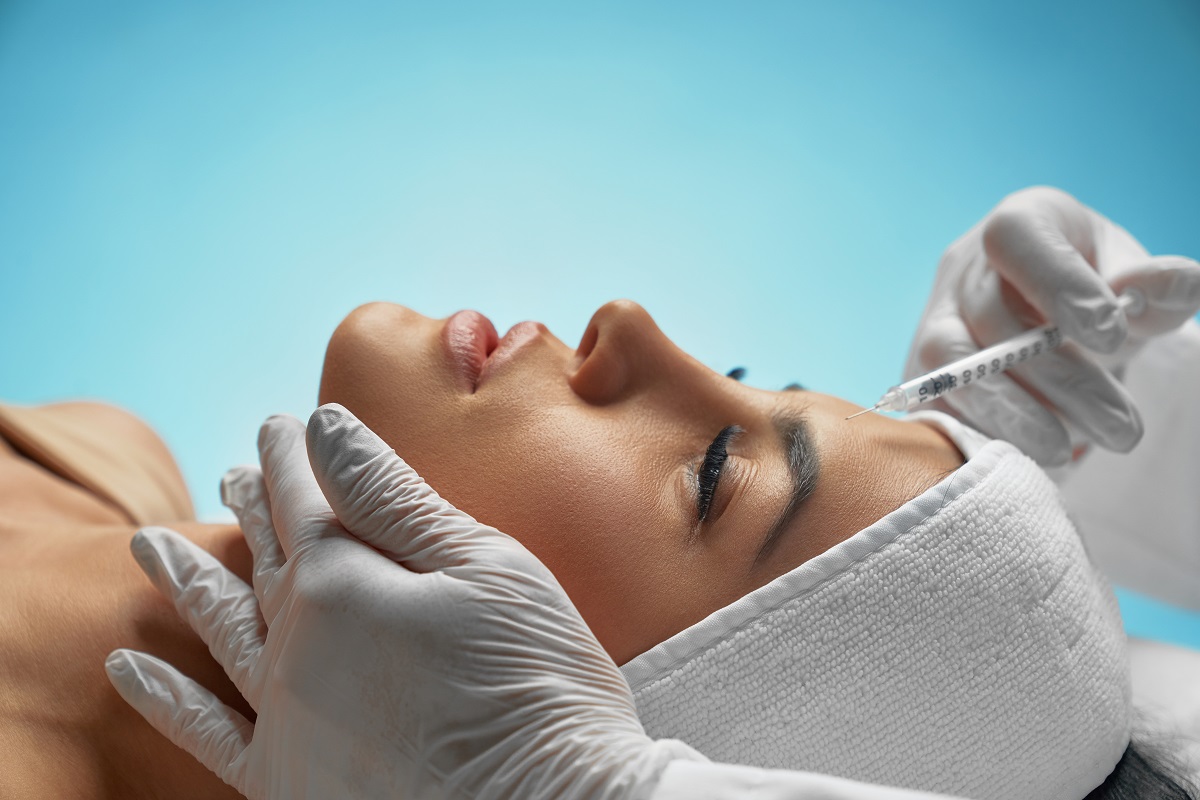
Botox is no longer just for celebrities or people over 50. From preventative treatments in your 20s to wrinkle smoothing in your 40s and beyond, Botox has become a mainstream cosmetic treatment across all ages. But one of the most common questions people have is: how often should you get Botox?
The answer isn’t one-size-fits-all. It depends on where you’re getting it, how old you are, your goals, and even your metabolism. This guide breaks it all down—by area, by age, and everything in between—so you can plan your treatments smarter and get the best results.
What Is Botox and How Does It Work?
Botox is a brand name for botulinum toxin, a neuromodulator that temporarily relaxes muscles. When injected in small doses, it blocks nerve signals to the muscles, reducing their ability to contract. This softens lines and wrinkles, especially those caused by repetitive movements—like frowning, squinting, or raising your eyebrows.
Popular areas treated with Botox include:
- Forehead lines
- Crow’s feet (around the eyes)
- Frown lines (between the eyebrows)
- Bunny lines (nose wrinkles)
- Lip lines
- Chin dimpling
- Jawline and masseter muscles
The effects typically kick in within 3–7 days, with full results showing in about two weeks.
So, How Often Should You Get Botox?

On average, Botox lasts 3 to 4 months. However, this varies depending on the area treated, how your body metabolizes the product, and your treatment history.
Let’s break it down by area first.
Botox Frequency by Area
Forehead Lines
Recommended frequency: Every 3 to 4 months
The forehead is one of the most active areas of the face—constantly moving with your expressions when you’re surprised, concentrating, or even just raising your eyebrows. This constant movement makes it one of the first places people notice lines forming.
You might find your results wearing off closer to the 3-month mark if:
- You have strong forehead muscles
- You’re very expressive
- You received a lower dosage to keep a more natural look
Factors that affect timing:
- Depth of your lines – Deeper lines may need more frequent treatments or a slightly higher dose.
- Preventative vs. corrective treatment – Preventative Botox may last longer than Botox used on already-etched lines.
- Dosage used – A lighter “baby Botox” dose wears off faster than a full treatment.
Glabellar Lines (Frown Lines Between the Eyebrows)
Recommended frequency: Every 3 to 4 months
Glabellar lines—often called the “11 lines”—form between your brows from repeated frowning, squinting, or concentrating. They’re usually treated alongside the forehead and tend to return quickly if not maintained.
If you wait too long between treatments, these lines may become more visible and harder to soften over time. Some people find they need a minor touch-up at 10 weeks, especially if their frown lines are deep or if they metabolize Botox quickly.
Crow’s Feet (Lines Around the Eyes)
Recommended frequency: Every 3 to 4 months
The skin around your eyes is delicate and naturally thinner than the rest of your face. Combine that with all the smiling, laughing, and squinting you do every day, and it’s no surprise that crow’s feet form early.
Since Botox is typically injected in smaller doses here to avoid over-relaxing the area, it may wear off slightly sooner than other zones. Consistency is key—if you love that “bright-eyed” look, plan to refresh it quarterly.
Bunny Lines (Top of Nose)
Recommended frequency: Every 3 to 4 months
Bunny lines are those small diagonal wrinkles that show up on the sides of your nose when you scrunch your face or smile. They’re often treated as a finishing touch to upper-face Botox for a more balanced result.
Even though the area is small, frequent scrunching can cause these lines to come back quickly. Most people include this in their forehead/glabella session so the entire upper face stays smooth on the same schedule.
Chin Dimpling (Pebble Chin)
Recommended frequency: Every 4 to 5 months
Chin dimpling or a “pebble chin” happens when the mentalis muscle contracts too much, causing the skin to wrinkle or crease. Botox can relax this muscle and smooth the chin’s appearance.
This muscle isn’t as active as your brow or forehead muscles, so results tend to last a bit longer. Most people find they can wait 4–5 months between treatments unless they have strong muscle activity in the area or a habit of clenching their jaw.
Jawline / Masseter Reduction
Recommended frequency: Every 5 to 6 months
Botox in the jawline—particularly the masseter muscles—is used either for facial slimming or to reduce teeth grinding and jaw tension. Because these muscles are much larger than those in the upper face, they require a higher dose and generally metabolize Botox more slowly.
Results also tend to be more dramatic after the second or third session, as the muscle begins to shrink slightly with repeated use. Many people see a noticeable difference in jaw width or comfort and only need maintenance twice a year.
How Often Should You Get Botox by Age?
In Your 20s: Starting Preventatively
Recommended frequency: Every 4 to 6 months
Getting Botox in your 20s is all about prevention. You’re likely not dealing with deep wrinkles yet, but you’re training your facial muscles to be less active in a way that keeps lines from forming in the first place.
Most common areas treated:
- Forehead lines – early signs from raising your eyebrows
- Frown lines – especially if you squint often or hold tension here
- Crow’s feet – if you smile or squint frequently in bright light
At this age, Botox can be very subtle. You may only need small doses and just 2–3 sessions a year. Over time, you’ll likely need fewer units and might even be able to stretch out your schedule.
Key benefits:
- Prevents wrinkles from settling in
- Trains muscles to be less active
- Builds a long-term maintenance routine
In Your 30s: Targeting Early Wrinkles
Recommended frequency: Every 3 to 4 months
This is when Botox often shifts from preventative to corrective. You might start noticing that lines linger longer after you stop smiling or frowning. Your skin may not bounce back as easily as it did in your 20s.
Common areas treated:
- Forehead – lines that stay visible when your face is at rest
- Between the brows – a common area for tension and “11 lines”
- Around the eyes – especially if you smile a lot or have sun damage
Many in their 30s begin to prioritize consistency, returning every three to four months to maintain a fresh, natural look.
Tips:
- You don’t need to overdo it—start with moderate doses.
- Stay consistent to keep lines from getting worse.
- Combine with good skincare habits to support results.
In Your 40s: Smoothing Deeper Lines
Recommended frequency: Every 3 months (sometimes 10–12 weeks)
By your 40s, wrinkles tend to be more deeply set, especially if you’ve gone years without treatment. Skin starts losing collagen and elasticity, so lines can look more pronounced even at rest.
Expect:
- Slightly higher doses may be necessary to get visible softening
- You may treat more than one area at once
- The results might wear off a little faster due to long-term muscle activity
Some people notice their Botox wears off sooner than before, especially if they’ve built strong muscle memory. A reliable schedule of every 10 to 12 weeks helps maintain smoother skin without dramatic ups and downs.
In Your 50s and Beyond: Maintenance & Softening
Recommended frequency: Every 3 to 4 months
In your 50s and beyond, Botox is still effective—but often works best when paired with other cosmetic treatments like fillers, laser therapy, or collagen-stimulating procedures.
The goal isn’t just wrinkle reduction—it’s about softening lines, lifting the brows, and creating an overall refreshed look.
Strategy:
- Focus on softening lines rather than eliminating every wrinkle
- Address multiple areas in each session for facial balance
- Consider spacing treatments every 3 months to maintain results
Work closely with your provider to ensure your Botox complements your skin condition, facial anatomy, and personal goals—especially as aging skin becomes thinner and more delicate.
Can You Get Botox Too Often?
Yes. While Botox is generally safe, getting it too frequently—or at higher doses than needed—can cause issues such as:
- Muscle atrophy or weakness in untreated areas
- Resistance to the product over time (rare but possible)
- A “frozen” or unnatural appearance
To avoid this, always follow your injector’s recommended schedule and let the effects wear off naturally before re-treating.
How to Know It’s Time for Your Next Botox Appointment

Not sure when to book your follow-up? Here are signs it might be time:
- You notice muscle movement returning in treated areas
- Fine lines start to reappear when making expressions
- Your last treatment was over 3–4 months ago
- Your provider recommended a touch-up at this interval
How Many Units of Botox Do You Need?
While frequency is important, so is dosage. Here’s a general idea of how many Botox units are typically used per area:
| Area | Average Units Needed |
| Forehead | 10–20 units |
| Glabellar (Frown) | 15–25 units |
| Crow’s Feet | 12–24 units (both sides) |
| Bunny Lines | 4–10 units |
| Chin Dimpling | 6–10 units |
| Masseter (Jawline) | 25–50 units per side |
Your injector will tailor the dose based on:
- Muscle strength
- Gender (men often need more)
- Previous Botox history
- Desired outcome (natural vs. frozen look)
Can Botox Last Longer Over Time?
If you’re consistent with treatments, you may notice that results last longer over time. That’s because your facial muscles become “trained” to relax, reducing repetitive motions that cause wrinkles.
Other ways to prolong Botox effects:
- Use high-quality skincare (especially SPF and retinol)
- Avoid smoking and excessive sun exposure
- Stay hydrated and eat antioxidant-rich foods
- Stick to a consistent Botox schedule
Botox Maintenance: Quick Recap
Here’s a quick reference guide for how often you should get Botox, based on both area and age:
| Group/Area | Suggested Frequency |
| Forehead/Glabella/Crow’s Feet | Every 3–4 months |
| Bunny Lines & Chin | Every 3–4 months |
| Masseter/Jawline | Every 5–6 months |
| Age 20s (Preventative) | Every 4–6 months |
| Age 30s | Every 3–4 months |
| Age 40s | Every 10–12 weeks |
| Age 50s+ | Every 3–4 months |
The Bottom Line
There’s no universal rule, but now you have a solid framework. How often should you get Botox? It depends on your age, your treatment area, your goals, and how your body reacts. For most people, a rhythm of every 3 to 4 months works well for consistent results without overdoing it.
Your best bet? Work with a skilled provider who can customize a treatment plan for your face, goals, and timeline. Whether you’re just starting in your 20s or maintaining results in your 50s, Botox can be a reliable tool when done right—and at the right time.

